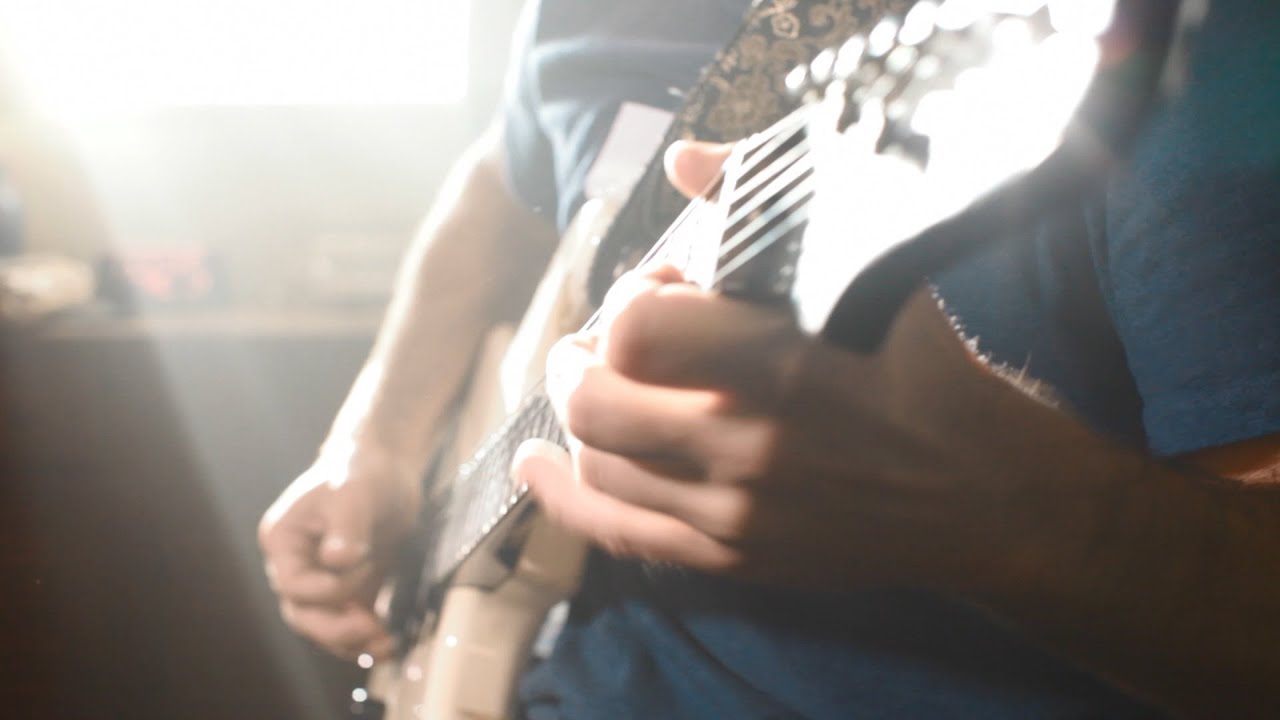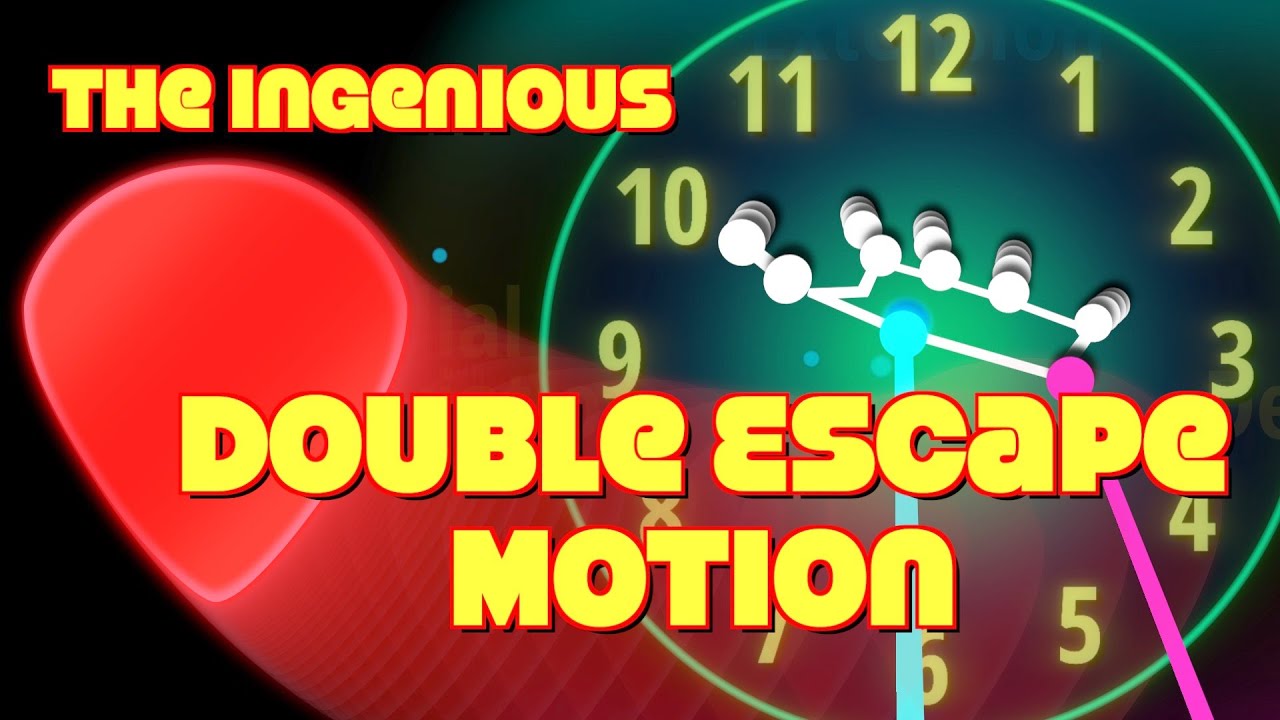Looking for some advice on how to get faster.
Looks like your video is set to private. Go into your YouTube studio editor and change it to unlisted, that should fix it up.
Thanks. I fixed it in youtube.
Hi Geoff, welcome! Welcome to the forum, and great picking. Im not an expert in these things, but from what I see, it looks like you’re “string hopping”. There is plenty of CTC literature/videos about this, so you’re in the right place.
If i’m right, The approach you’re using uses flexion and extension for both strokes, sort of like a “door knocking” gesture. This is an inefficient movement, as it does not alternate; instead using the same muscle group for each stroke. you’re probably close to the speed limit with this approach. If it’s anything like my string hopping habit, it feels tense, jumpy, and hard to control. You may already be at the speed limit for this approach. If you’ve struggled for years to get faster, this is probably why.
From here, I can only suggest that you try to create a base line of smoothness by exploring some of the DSX/USX literature on the site. This will give you a physical base of reference for what you’ll eventually need to do to play flatpicked melodies: A DBX (double escape/AKA Crosspicking) approach. Im sure someone with more experience here will chime in. Best of luck! Check out these two videos:
String Hopping:
DBX/Crosspicking (this video might have come out before the “DBX” terminology existed, but it means the same thing in practice).
Out of curiosity, do you feel you can go any faster (doing ANY type of picking) than the pace at which you’re playing that tune?
I’m in the middle trying to cure my own tendency for inefficient movement for things I’m learning, especially things that contain string switches I’m not so familiar with.
If someone said, (threat implied!  ) play that as fast as you can, what do you think would fail first, your picking, or your fretting?
) play that as fast as you can, what do you think would fail first, your picking, or your fretting?
Honestly I think you’re pretty close to something good here but if I had to diagnose it, I’d likely say it’s probably a 70% inefficient movement with slight forays into efficiency. Specifically when you turn to the camera at the end and play a bit. It LOOKS like you want to go faster, unless you were clenching your teeth out of frame lol!
Thank you for sending the videos. I actually think I got something useful toward the end of Carl Miner’s segment. If I were warmed up on the tune I could go faster, but not a whole lot. I’ve been playing a long time and haven’t really been able to break the tempo barrier beyond 16ths at 110. Maybe 120 for a simple line.
What you’re describing is the speed limit of string hopping. I would encourage you to explore an alternate approach. There are plenty of approaches that will help you shatter that speed barrier!
In understand the concept of pick slanting, and I can see how if you plan your lines to have two notes per string, you can make it work. But what I’m still confused about is what happens to the right hand when you’re playing a line with a mix of notes-per-string, Do you shift between dsx and usx? Do you know of a video describing that?
Hi Geoff, welcome back. shifting between DSX and USX is possible, but not always practical. Rapid shifts in arm orientation are difficult to do quickly. Basically, what you need is to escape on both strokes, or a DBX motion. These is much easier said than done, however. I am working on this myself.
For now, I would encourage you to continue exploring pick slanting. Find one that feels good to you. I prefer DSX, because I tend to start phrases on upstrokes. Getting some USX or DSX stuff together will give you any easy reference point for playing fast and smooth. You will need this experience to be very familiar before you start trying to cultivate a DBX approach.
Concerning DSX/USX vocabulary, the amount of pickstrokes can be any even number, not just two. And the left hand can do hammer ons/slurs. I’ve been working hard lately developing a jazz vocabulary around this approach and rarely meet a limit with it. If you’re at a loss for what to try, pentatonic scales are perfect. So is the 4nps chromatic scale. Your body will begin to prefer what is easy.
Here is a video from youtube. If you become a Masters in Mechanics member, you will have access to a bunch of masterclasses on the subject, as well as feedback from a team of people who are extremely well versed in picking technique. I made the plunge and have learned more than I ever could have imagined.
Thanks @MoonTrane for already providing plenty useful suggestions 
I’d only add that a look at these (free!) webpages could be beneficial to clarify the basics of “fast” picking:



